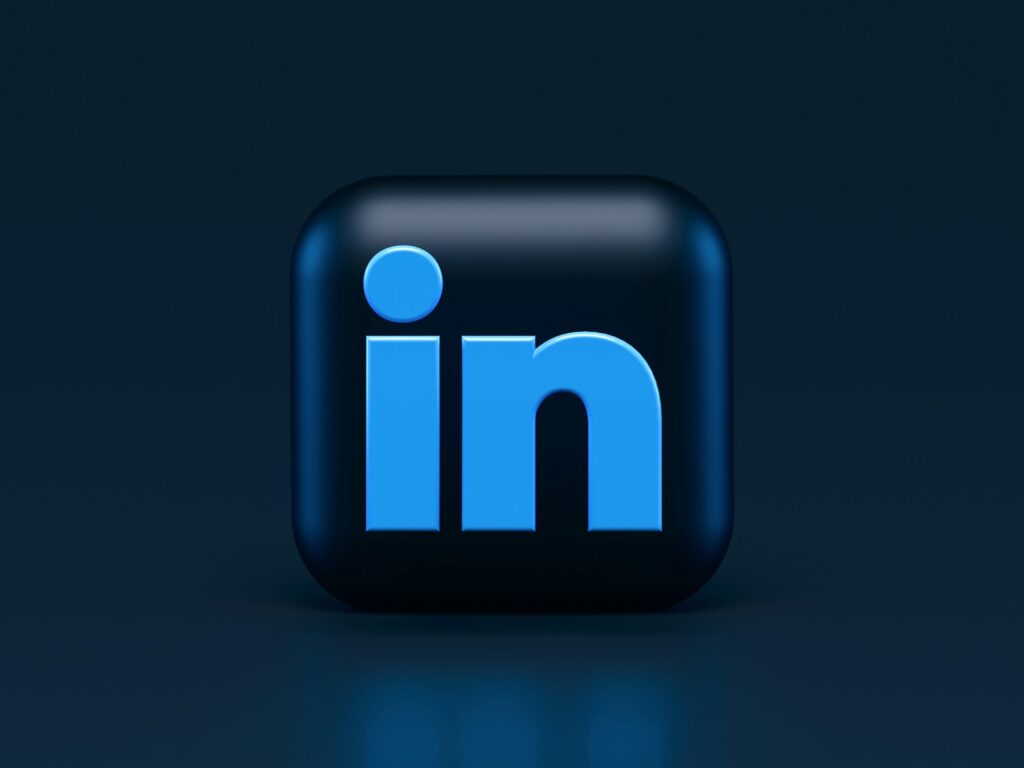Welcome back to the Marketing Freaks Podcast. In this episode Jon is joined by Nancy Harhut, a leading expert in the world of behavioural science in marketing and creativity. During this episode, we delve into the fascinating world of behavioural science and how it can be harnessed to enhance marketing strategies. We will explore the key principles and techniques of behavioural science that marketers can apply to captivate and engage their target audiences more effectively. Through Nancy’s expertise, we provide valuable insights and actionable takeaways for marketers looking to leverage the power of human behaviour in their campaigns.
Subscribe links:
Key takeaways:
- Understanding of Behavioral Science: Gain a clear understanding of what behavioural science is and how it relates to marketing.
- Psychological Triggers: Learn about specific psychological triggers and biases that influence consumer behaviour. Discover how these triggers can be applied strategically to create more effective marketing campaigns.
- Practical Applications: Understand how behavioural science can be applied within a marketing strategy to drive consumer engagement and boost sales.
- Actionable Takeaways: Receive practical tips and actionable advice on how to integrate behavioural science principles into marketing campaigns. Nancy Harhut will provide guidance on where to start and how to measure the effectiveness of these strategies.

Mastering Marketing with Behavioural Science
At its core, behavioural science in marketing is the art of understanding how people make decisions. As marketers, that’s our bread and butter – influencing decisions. After developing a passion for behavioural science and how it can be applied in Marketing, Nancy’s background in advertising agencies gave her the perfect playground to test its principles. She’s worked across different industries, from finance and insurance to pharma and tech, accumulating a wealth of knowledge. Her secret sauce? About 25 go-to behavioural science principles that consistently move the marketing needle.
The Power of Choice Architecture
Choice architecture is the art of presenting choices to influence decisions. For example, an insurance company is struggling to get employees interested in extra policies. Instead of asking people to schedule meetings, they scheduled meetings for them. Result? A 418% spike in attendance and a 19% increase in policy purchases!
Understanding Temporal Discounting
Ever found yourself procrastinating on important decisions like getting life insurance or writing a will? You’re not alone. People tend to prioritise immediate rewards over long-term benefits. This tendency to delay important decisions because the payoff seems distant is a common hurdle in industries like insurance and finance. For marketers, understanding and harnessing these ingrained behaviours can significantly increase the likelihood of achieving desired outcomes.
Overcoming Automatic Responses
Every person relies on decision defaults as a practical means to save mental energy. Imagine if we had to painstakingly deliberate over every decision we encountered – it would be a near-impossible task. And so over time, humans have evolved to develop these automatic, instinctive, and reflexive behaviours that kick in when we face specific situations. These behaviours often require little to no conscious thought. For marketers, tapping into these defaults can boost the chances of getting people to take desired actions.
Choosing the Right KPIs
Key Performance Indicators (KPIs) are the compass of your marketing campaigns. While it’s essential to have them, it’s equally crucial to choose the right ones. It’s important to measure not just the end goal, such as an increase in sales, but also the smaller steps along the customer journey. These steps include email opens, click-through rates, and conversions. Focusing on the entire customer experience rather than just the endpoint is key to creating successful campaigns.
A Holistic Approach to Marketing
Marketing isn’t a one-size-fits-all endeavour. It requires a holistic approach, considering every touchpoint in the customer journey. Whether it’s the subject line of an email or the call to action on a landing page, each element should be optimised to align with your marketing goals. The objective is to ensure that the entire journey resonates with your audience and compels them to take action.
Behavioural Science and Decision-Making
Understanding human behaviour is at the core of effective marketing. Factors like emotions, cognitive biases, and instinctive responses influence decision-making. It’s not just about providing the right information at the right time; it’s about creating messages that tap into these behavioural triggers to influence customer behaviour positively. Therefore it’s about providing the right information, to the right people, at the right time and the right way.
Applying Behavioural Science in Marketing
Nancy encourages marketers to dive into the world of behavioural science, test its principles, and tailor them to their specific audience and market. Her book, “Using Behavioral Science in Marketing: Drive Customer Action and Loyalty by Prompting Instinctive Responses,” offers 25 actionable behavioural science principles to apply immediately in your marketing efforts. It’s time to experiment, learn, and refine your approach to make the most of behavioural science in your marketing toolkit.
In conclusion, Nancy Harhut’s insights highlight the transformative potential of behavioural science in marketing. Understanding how people think, feel, and decide can be the game-changer your campaigns need. So, embrace these principles, experiment with them, and watch as your marketing efforts become more effective in influencing customer behaviour and driving your desired outcomes. It’s time to take your marketing to the next level with the science of behaviour.
If you’re looking for support with your Performance Marketing Strategy, we’re always happy to have a chat. Contact the team today.



